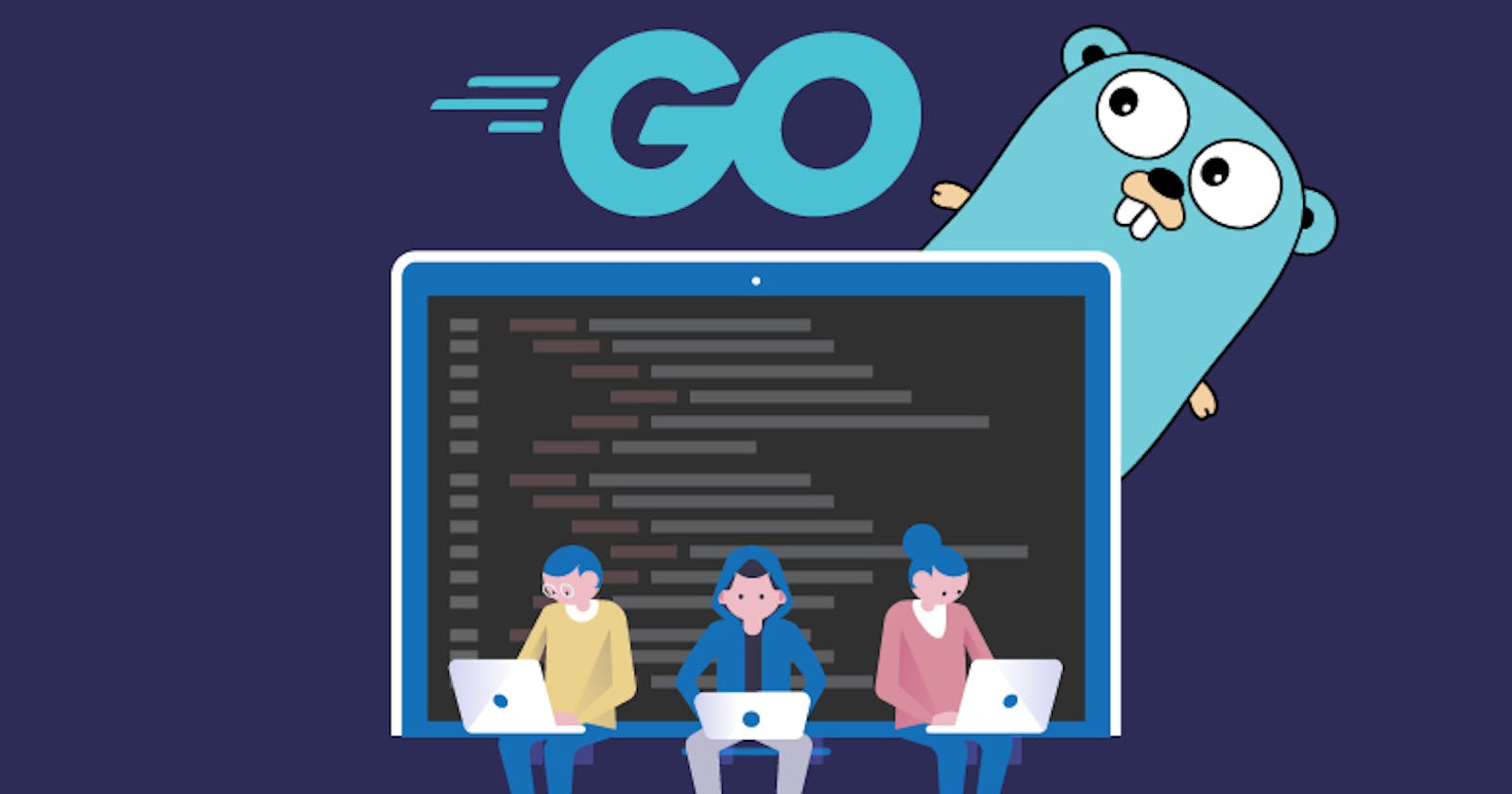Table of contents
Introduction:
In the dynamic realm of technology, developers seek languages that embody simplicity, efficiency, and scalability. Go, also known as Golang, has surged in popularity, standing out as an open-source language crafted by Google to meet the demands of modern software development. This blog explores the key facets of Go that have made it a preferred choice among developers globally.
Simplicity:
Go's elegance lies in its simplicity. The language employs a minimalistic approach, ensuring a clean and readable syntax. Striving to eliminate unnecessary complexities, Go facilitates rapid development cycles and minimizes the chances of introducing bugs. The following code snippet illustrates the simplicity of Go with a basic "Hello, World!" program:
package main
import "fmt"
func main() {
fmt.Println("Hello, World!")
}
The concise and straightforward syntax is evident, showcasing Go's commitment to simplicity.
Efficiency:
Efficiency is a hallmark of Go's design. The language excels in fast execution times and efficient memory usage, making it an excellent choice for performance-critical applications. Go achieves efficiency through lightweight goroutines, concurrent execution units that enable easy concurrency and parallelism. The following code snippet demonstrates the efficiency of Go using goroutines:
package main
import (
"fmt"
"sync"
)
func main() {
var wg sync.WaitGroup
wg.Add(2)
go func() {
defer wg.Done()
fmt.Println("Goroutine 1")
}()
go func() {
defer wg.Done()
fmt.Println("Goroutine 2")
}()
wg.Wait()
}
This snippet creates two goroutines that execute concurrently, emphasizing Go's efficiency in handling concurrent tasks.
Scalability:
Go's design places a strong emphasis on scalability, empowering developers to build robust and scalable applications. The language provides built-in support for concurrent programming, simplifying the management of high levels of concurrency. Lightweight goroutines and channels facilitate seamless communication and synchronization between concurrent processes. The following code snippet illustrates Go's scalability using goroutines and channels:
package main
import (
"fmt"
"time"
)
func worker(id int, jobs <-chan int, results chan<- int) {
for j := range jobs {
fmt.Println("Worker", id, "started job", j)
time.Sleep(time.Second)
fmt.Println("Worker", id, "finished job", j)
results <- j * 2
}
}
func main() {
jobs := make(chan int, 5)
results := make(chan int, 5)
for w := 1; w <= 3; w++ {
go worker(w, jobs, results)
}
for j := 1; j <= 5; j++ {
jobs <- j
}
close(jobs)
for r := 1; r <= 5; r++ {
<-results
}
}
This snippet showcases the scalability of Go by creating a pool of worker goroutines that concurrently process jobs through channels.
Conclusion:
Go's triumvirate of simplicity, efficiency, and scalability positions it as a compelling choice for modern development. As developers embrace this language, the doors to streamlined and high-performance applications swing wide open. With Go at the helm, the journey of software development becomes a harmonious blend of innovation and pragmatism.
